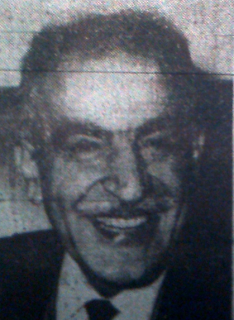It appears that I began this blog on September 12, 2012. What a ride it has been! It was not one of my long term plans, to do this. Circumstances conspired, like the fact that health issues kept me from an active art career. I could no longer bend long hours over canvas and paint. A long history of genealogical research, working with a blog (my art blog), and the ever wonderful experience of sharing Village memories with fellow villagers all worked together.
Writing in the old fashioned way would mean only a few would share it.
So I began this blog. I wish you a Happy New Year and say thank you to readers who support it with reading new posts, offering their own memories to complete the ones shared here. If you look at the map of where readers come from, you will see how astounding! There are readers from all over the world. Russia checks in nearly each new post as well as England, Africa, South American and many more. Then comes the U.S. as readers come on from towns and cities
all over the U.S. We are nearing 26,000 hits!
The blog has struck an international memory nerve, but it means much to me as well.
The blog has saved me in so many ways. It has given me a way to express, a way to share what has always been deep in my heart. It gave me a way to connect with the precious memories of others, some of them people I had not spoken to in years or indeed since I was a child. Just a few days ago I received a Christmas card in the mail. The post gal had written a big question mark on the last name….for it read: Sandra Souza! I quickly tore it open and wonderful surprise: a Christmas card from 97 year old Emma (Aunt Emma) Andrade!!! Last year she and members of the Abreau family had gathered together and painstakingly written out (in longhand mind you) a litany of some of their memories of the small businesses in the Village. I keep it still.all over the U.S. We are nearing 26,000 hits!
The blog has struck an international memory nerve, but it means much to me as well.
Years and precious moments go flying off into eternity, as will we someday. Trying to grasp those memories is like reaching for a milkweed pod seeds as the wind takes them where it will. This is one of my late Mom's wonderful photography. She had boxes and boxes of slides she had taken, all collated and sorted into categories. Years and years the result of her award winning work. When her hands became too shaky she put down her beloved camera and put it all away. I found her one day ready to toss her slide collection all into the dump! Just in time I rescued years of talent and beauty. She had kept them in those wine boxes once so popular
After she passed away I took them all out, bought a light box and an attachment for my computer to digitalize them. First, I decided to sort by family, my goal to send each family their slides. I would guess over 10,000 slides if not more, going all the way back to the early 60's, some even before. I would immerse myself in the task, I felt as if I were going back in time, reliving each moment she memorialized on film. It was an amazing experience. Finally, off went boxes and boxes to siblings, cousins, and nieces and nephews. Left with still an impressive amount I digitalized many of her florals and landscapes. Then I added music to a slideshow and made CD's for each of my sisters and brother,
I still use mine to make my own cards with her work, or share them on my blogs.
She is still spreading her creativity and skill.
My mother was an intrepid soul, a soul who loved beauty,
who took to challenge like a duck to water.
She had to: if there were more time I would share her own personal story of courage and strength. FInding that story after she passed away was the core of my genealogical research.
My mother, Angi Motta Souza, a month or so after cardiac bypass surgery out in Arizona. She was climbing one of the ancient rock caves. She did not see the sign that recommended people with heart ailments not climb. Vintage Mom.
This week as I prepared this post and wandered through digital files, a new kind of garden as it were, I found this among her slides. She and a photographer friend would create musical slide shows for nursing homes and the like. She used this in one of those programs.
It reminds me that she is still here, walking in the garden with me, skipping through
rows and rows of floral slides or at my shoulder as I wander with my own camera.
She left this, to make sure we knew.







































